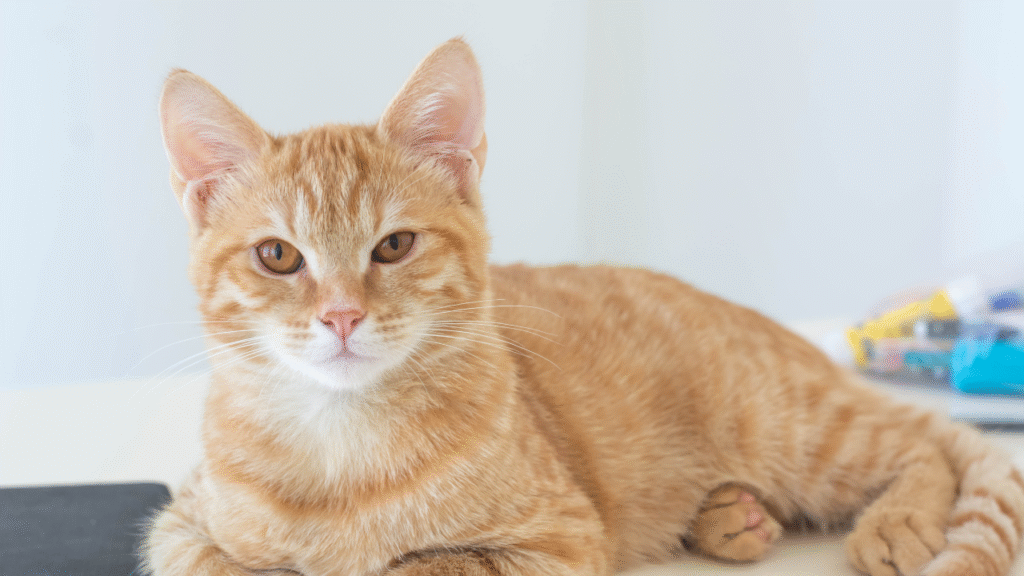How to Train Your Cat: Yes, It’s Possible!
When people think of pet training, dogs are usually the first animals that come to mind. Cat, on the other hand, have a reputation for being independent and untrainable. But the truth is, cats can be trained—you just need the right approach, a bit of patience, and an understanding of feline behavior.

In this article, we’ll explore why training your cat is both possible and beneficial, what techniques work best, and which commands or behaviors are most useful to teach.
Why Train Your Cat?
Training isn’t just about teaching tricks. It can:
- Improve communication between you and your cat
- Strengthen your bond
- Reduce unwanted behaviors (scratching, biting, etc.)
- Provide mental stimulation and prevent boredom
- Make routine tasks (like vet visits or grooming) easier
Cats are intelligent and curious animals. If you make training rewarding and fun, most cats will engage willingly.
The Basics: How Cats Learn
Cats learn through association. This is the foundation of positive reinforcement training. If a behavior is followed by something pleasant (like a treat), your cat is more likely to repeat it. If it’s ignored or not rewarded, your cat may lose interest in doing it again.
Key principles:
- Use positive reinforcement (treats, praise, play)
- Avoid punishment—it damages trust and rarely works
- Keep sessions short and stress-free (5–10 minutes max)
- Be consistent with cues and rewards
Tools You’ll Need
- High-value treats (something your cat loves and doesn’t get often)
- Clicker (optional, but useful for marking the exact moment your cat does the desired behavior)
- Quiet space free from distractions
- Patience—lots of it!
What Can You Train a Cat to Do?
You might be surprised by how much a cat can learn. Here are some common and useful commands:
1. Come When Called
This is one of the easiest and most useful behaviors to teach.
How to train it:
- Say your cat’s name or use a specific word like “come”
- When they look at you or approach, reward immediately
- Practice from short distances and gradually increase
2. Sit
A great command for encouraging calm behavior.
How to train it:
- Hold a treat above your cat’s head and slowly move it backward
- As your cat looks up, their rear will naturally lower
- The moment they sit, say “sit” and reward
- Repeat several times over multiple days
3. High Five or Paw
Fun and impressive!
How to train it:
- Hold a treat in your hand and wait for your cat to paw at it
- Say “paw” or “high five” and give the treat when they make contact
- You can gradually shape this into a raised paw or a touch to your hand
4. Stay Off Counters or Furniture
This requires redirecting and rewarding appropriate alternatives.
How to train it:
- Provide a nearby cat tree or perch
- When your cat chooses the perch, reward
- Use deterrents like double-sided tape or citrus scents on off-limits areas
- Never punish—redirect instead
5. Using a Carrier Calmly
Crate training isn’t just for dogs.
How to train it:
- Leave the carrier open and put treats or toys inside
- Encourage exploration without closing the door
- Gradually work up to short, positive sessions inside the carrier
- Reward every step with praise and food
Troubleshooting Common Problems
- My cat loses interest quickly. Keep sessions short and end on a high note. Don’t overfeed treats before training.
- My cat runs away during training. Try a quieter environment or switch to a higher-value reward.
- Nothing seems to work. Revisit the basics. Timing, consistency, and patience are key. Some cats take longer than others.
Final Tips for Success
- Train one behavior at a time
- Practice daily, but in small doses
- Reward immediately—timing matters
- Use a happy voice and body language
- Make it a game, not a chore
Conclusion
Yes, you can absolutely train your cat! Whether you’re teaching them to come when called, stop jumping on the counter, or even give high fives, training is not only possible—it’s incredibly rewarding for both of you. With the right mindset, tools, and consistency, your cat will surprise you with just how much they can learn.
So grab some treats and start today. Your cat’s next trick might just be a paw away.








